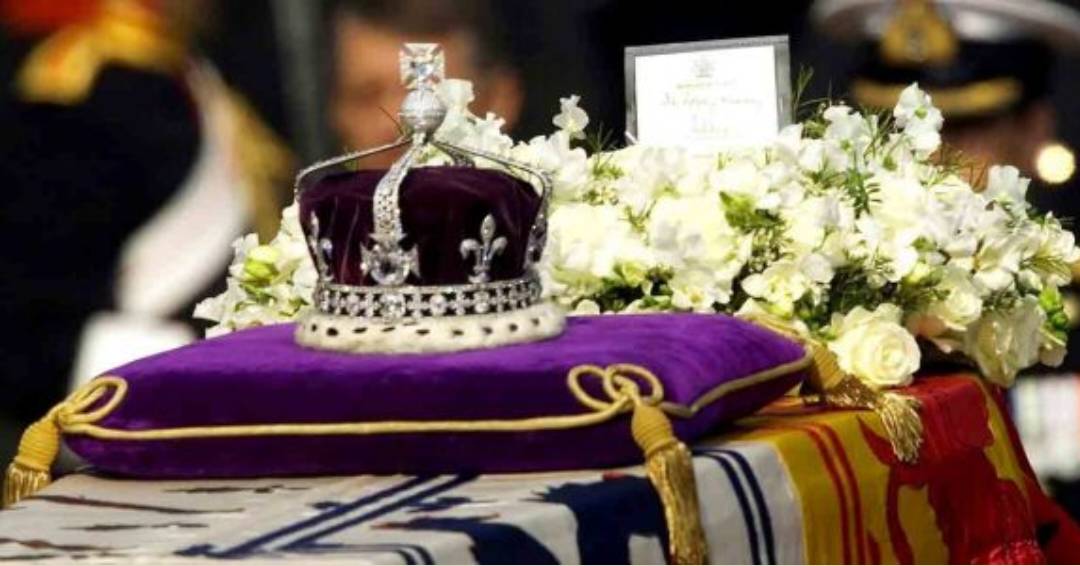
A recent discovery of a colonial-era file from the India Office archives has brought to light several gems and jewels that were in possession of the British royal family. The file, consisting of 46 pages, was part of an investigation commissioned by Queen Mary, the grandmother of the late Queen Elizabeth II, to trace the imperial origins of her jewels. The Guardian newspaper, as part of its series called ‘Cost of the crown,’ has been investigating the royal family’s wealth and finances ahead of the coronation of King Charles III next month. The file reveals that an emerald-encrusted gold girdle used to decorate horses in the stables of Maharaja Ranjit Singh of Punjab, is now part of King Charles’ royal collection.
The investigative series has shed light on Queen Mary’s curiosity about the origins of her jewellery, which appears to have been prompted by a fascination with some of her pearls’ origins, rather than any moral concern about their colonial origins. However, the Buckingham Palace spokesperson has revealed that King Charles III takes slavery and colonialism very seriously. The palace is also supporting research into the British monarchy’s historical links with slavery through an independent research project that began in October last year. Historic Royal Palaces is one of the partners in the research project exploring the links between the British monarchy and the transatlantic slave trade during the late 17th and 18th centuries.
As per the words of filmmaker Gurinder Chadha, ‘As we are seeing increasingly, the return of stolen property is always a good thing. Generations to come will wonder why it took civilized nations so long to do the right thing.’ The revelation of the colonial-era file and the ongoing research on the monarchy’s links to slavery are steps towards acknowledging and addressing the past wrongs.

Post Your Comments